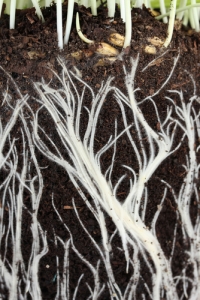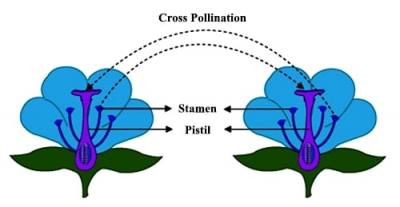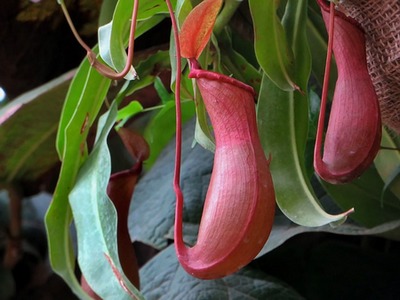
Every plant has to feed itself in order to carry out its vital functions. Usually the raw materials are extracted from the surrounding soil through the roots. In this way the roots supply the leaves of the plant, which are really small chemistry laboratories, with water and the necessary minerals to produce organic substances.
There are two basic’ types of roots: the taproot which consists of a single large axis from which fine hairs grow, such as the radish or the turnip, and the fasciculate root which is composed of several axes each of the same size as in the dahlia.
In each type of root there is a root-cap at the end of each root. This cap protects the growing part of the root organism and helps it to dig into the soil. When viewed through a powerful magnifying glass these caps are seen to be covered in very fine hairs. It is through these hairs that the roots suck in water and certain mineral salts from the soil.
Picture Credit : Google





